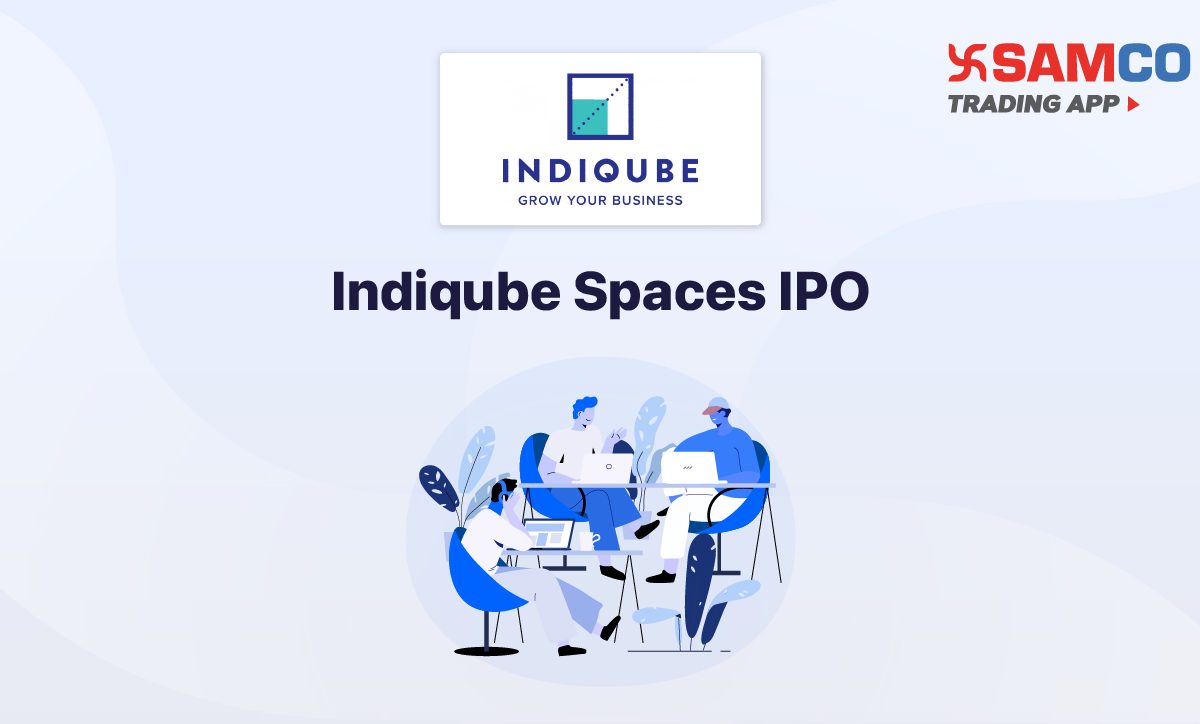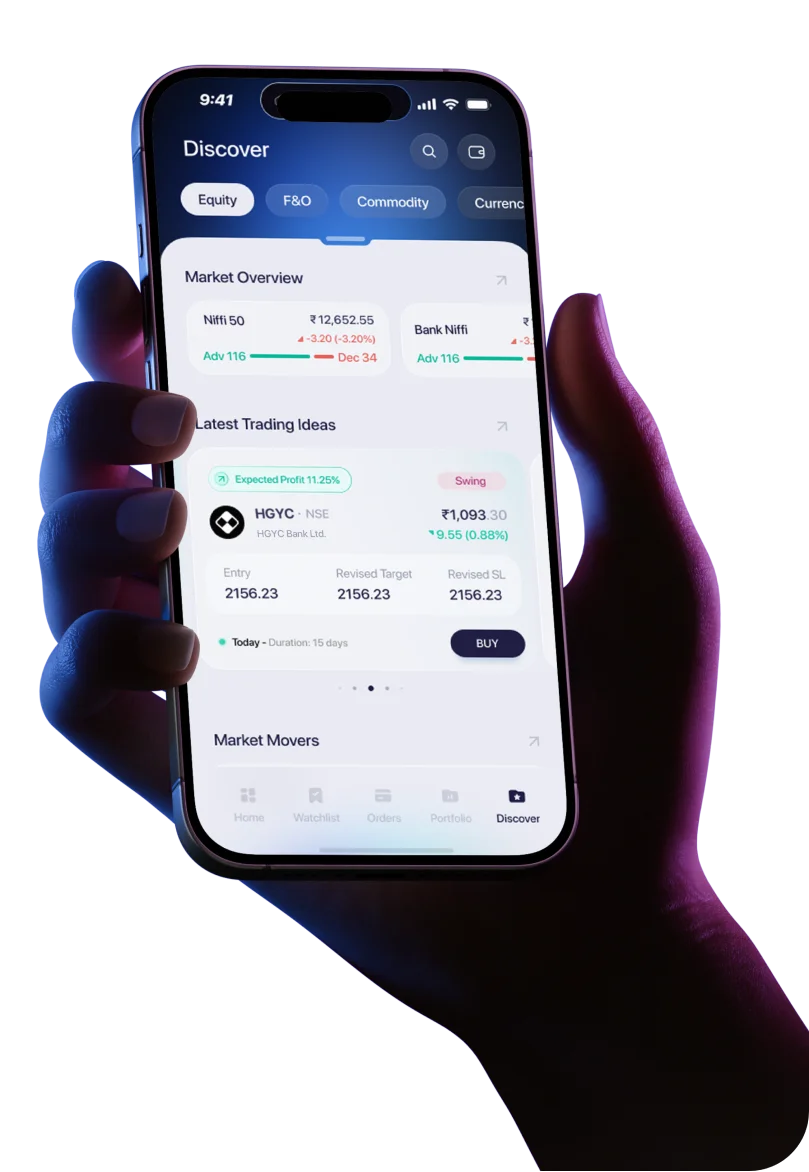Introduction:
The company is a leading provider of managed workplace solutions, offering end-to-end, sustainable, and technology-enabled services aimed at redefining the conventional office experience. Its comprehensive offerings range from large corporate headquarters (“hubs”)—which typically house key functions, leadership teams, and core operations in centrally or strategically located areas—to smaller branch offices (“spokes”) situated across various cities and regions. These solutions are designed to enhance the workplace experience for enterprise clients and their employees through a seamless integration of interiors, amenities, and value-added services that go beyond standard workspace leasing.
To deliver a holistic solution, the company leverages both backward and forward integration. Backward integration includes asset renovation, upgradation, and customized build-to-suit models, while forward integration enables the company to offer a suite of business-to-business (B2B) and business-to-customer (B2C) value-added services for clients and their workforce. These capabilities, along with its core plug-and-play office offerings, allow the company to cater comprehensively to the entire workplace value chain.
As of March 31, 2025, the company manages a robust portfolio of 115 centers across 15 cities, comprising 105 operational centers and 10 centers under signed letters of intent. This translates to 8.40 million square feet of super built-up area under management, with a total seating capacity of 186,719. Bengaluru, which represents approximately 30% of the total flexible workspace stock among Tier I cities, remains the company's largest and most strategic market. The company is recognized as one of the leading flexible workspace operators in the city.
Its supply acquisition strategy is centered on securing entire buildings in high-demand micro-markets characterized by excellent infrastructure connectivity, low vacancy rates, and access to quality talent pools. It collaborates with property owners not only to lease new assets but also to convert non-institutional and aging Grade B properties into premium, sustainable, and modern work environments.
As of March 31, 2025, the company has served over 769 clients across a wide spectrum of industries, underscoring its versatility in addressing diverse business requirements. Its clientele primarily includes mid-to-large-sized enterprises with scalable space needs across multiple centers and geographies. This client base spans Global Capability Centers (GCCs), Indian corporates, unicorns, and startups operating in sectors such as IT/ITeS, manufacturing, automotive, engineering, aviation, BFSI, consulting, e-commerce, edtech, logistics, pharmaceuticals, and healthcare.
IPO Details:
| IPO Date | July 23, 2025 to July 25, 2025 |
| Face Value | ₹ 1/- per share |
| Price Band | ₹ 225 to ₹ 237 per share |
| Lot Size | 63 shares and in multiples thereof |
| Issue Size | ₹ 700.00 crores |
| Fresh Issue | ₹ 650 crores |
| OFS | ₹ 50 crores |
| Expected Post Issue Market Cap (At upper price band) | ₹ 4997.12 crores |
Objectives of Issue:
- Funding capital expenditure towards establishment of new centers.
- Repayment/pre-payment, in full or in part, of certain borrowings availed by the Company
- General corporate purposes
Key Strengths:
- Demand-Driven Locations
As of March 31, 2025, approximately 85.39% of the company’s portfolio is strategically located in high-demand micro-markets across India. These locations have been selected to achieve a dual objective—value creation and long-term market relevance. The company’s strong operational presence in these micro-markets provides access to critical market intelligence, enabling swift responses to emerging opportunities. Notably, Chennai and Bengaluru have emerged as the top-performing Tier I cities in terms of vacancy levels during Q1 2025 (Source: CBRE Report). The company’s combined footprint in these two cities spans 6.66 million square feet, representing 79.28% of its total portfolio. A key strategic focus is the renovation and modernization of aging Grade B assets in central business districts, converting them into technology-enabled, modern workspaces. As of March 31, 2025, such renovated centers constitute 25.22% of the total portfolio—enhancing asset quality, optimizing underutilized supply, and boosting overall return potential.
- Strong Operational Metrics
The company emphasizes leasing full buildings—preferably large to mid-sized—rather than fractional spaces, enabling greater operational control and efficiency. As of March 31, 2025, its leasing structures are well-aligned with client commitments: landlords typically have a three-year lock-in period, while clients have a weighted average lock-in tenure of 33 months. This alignment reduces the risk of premature lease exits and supports long-term operational stability. The payback period for workspace operators generally ranges from 47 to 48 months post fit-out commencement and 44 to 45 months from the start of operations. In contrast, the company has achieved a significantly shorter average payback period of 24.87 months from the fit-out stage—closely aligned with its average client lease tenure. This effective asset-liability matching ensures that cash inflows are well-synchronized with financial outflows, promoting financial stability and minimizing cash flow disruptions.
- Effective Risk Mitigation Strategies
The company has adopted a prudent client diversification strategy, maintaining a balanced portfolio across industries and geographies. This minimizes exposure to any single client or sector, thereby reducing dependency and mitigating potential revenue volatility. As of March 31, 2025, the company’s largest client contributes just 3.47% of total revenue, while the top five clients together account for only 11.80%. This diversified base acts as a buffer against sector-specific headwinds and regional challenges, ensuring consistency and resilience in revenue generation.Risks:
- High Geographic Concentration Risk
The company derives a significant majority of its revenue from operations in Bengaluru, Pune, and Chennai—accounting for 88.84%, 91.82%, and 93.18% of total operational revenue in FY 2025, FY 2024, and FY 2023, respectively. This geographic concentration exposes the company to elevated business risks. Any decline in revenue contribution from these cities—whether due to rising competition, increased supply, weakening demand, or changing market dynamics—could materially impact the company’s business performance and financial stability. Furthermore, unforeseen disruptions stemming from political, economic, social factors, natural calamities, or civil unrest in these key locations may adversely affect its operations and financial condition.
- Evolving Work Culture and Demand Risks
The ongoing shift in workplace dynamics, particularly the increasing adoption of remote and hybrid work models, presents a structural risk to the company’s business model. As organizations—especially within the technology sector—accelerate the transition to flexible working arrangements, demand for traditional plug-and-play office spaces may decline. This change could lead to reduced occupancy levels and impact revenue generation. Additionally, the company may need to invest substantially in redesigning its offerings or developing new value propositions to align with evolving client preferences. Such strategic adjustments, while necessary, may exert pressure on the company's financial resources and profitability in the short to medium term.
Financial Snapshot:
| Particulars | FY ended 31/3/25 | Fy ended 31/3/24 | Fy ended 31/3/23 |
| Revenue ((in ₹ million) | 10,593 | 8,306 | 5,797 |
| Growth | 27.54% | 43.27% | |
| EBITDA (in ₹ million) | 6,165 | 2,263 | 2,367 |
| Growth | 172.40% | -4.37% | |
| Net Profit ((in ₹ million) | -1,396 | -3,415 | -1,981 |
| Growth | |||
| EBITDA Margins | 58.20% | 27.25% | 40.83% |
| PAT Margins | -13.18% | -41.12% | -34.17% |
| Interest Coverage Ratio | 0.52 | -0.5 | -0.21 |
| Debt to Equity | -0.01 | 0.8 | -0.49 |
| ROCE | 34.21% | 38.52% | 15.66% |
KPI comparison with Industry Peers
| Particulars | Indiqube Spaces | Industry Average |
| Revenue Growth | 35% | 44% |
| 3 Years Average EBITDA margins | 42.09% | 46.44% |
| 3 Years Average PAT Margins | -29.49% | -4.77% |
| 3 Years Average Interest Coverage Ratio | -0.06 | 0.89 |
| P/E Ratio | - | 66.67 |
| ROCE | 29% | 28% |
ConclusionThe commercial office segment in India is poised for robust growth, driven by strong demand from domestic enterprises. Additionally, the sector has benefited from India’s position as a preferred destination for Global Capability Centers (GCCs) and multinational corporations establishing their offices here. From a financial perspective, the company has delivered significant revenue growth and operates with high EBITDA margins. However, its elevated debt levels have resulted in a very low interest coverage ratio, contributing to net losses over the past three years.In peer comparisons, the company has underperformed its peers in terms of financial performance. The sector is poised for growth and there are better investing oppurtunities available in this sector and investors must avoid this IPO until company posts profits from its operations.




 Easy & quick
Easy & quick
Leave A Comment?